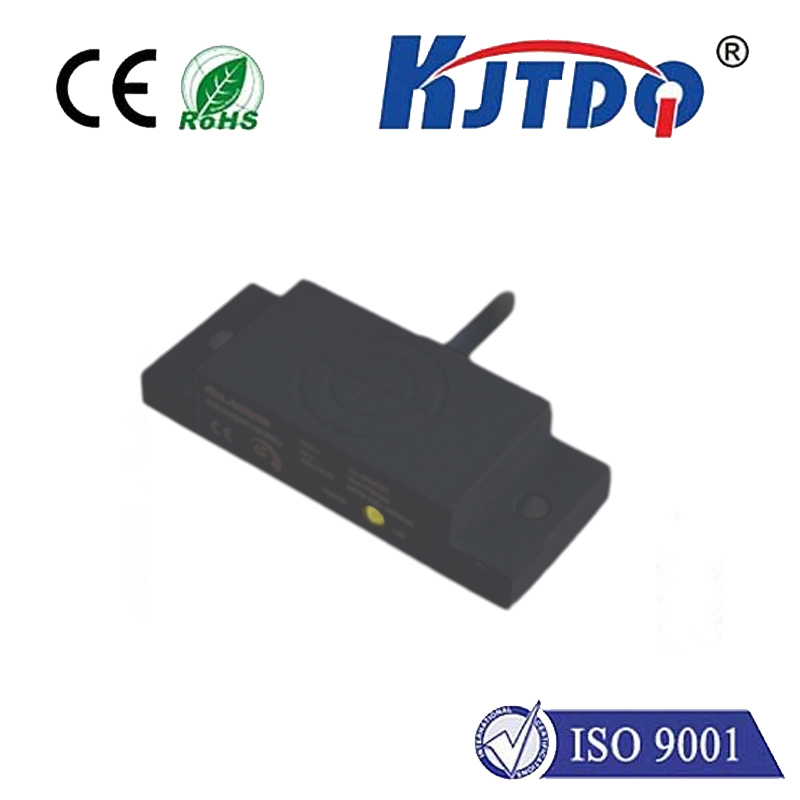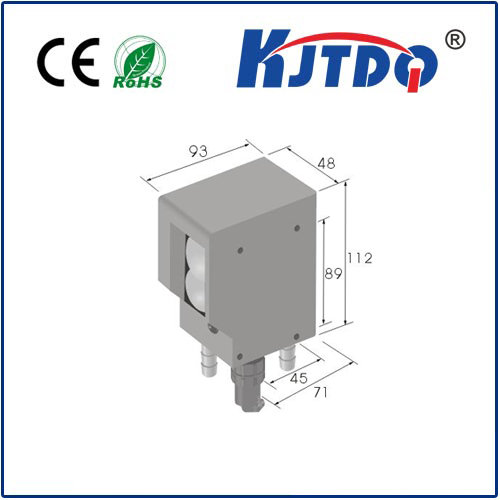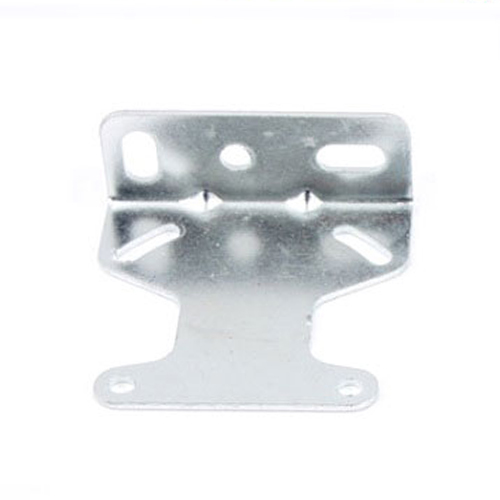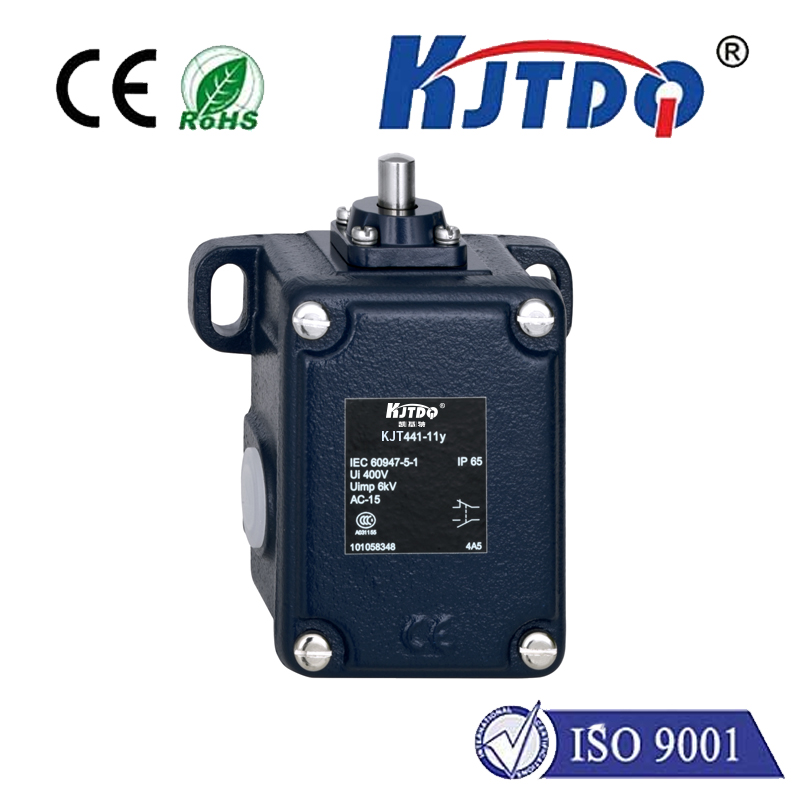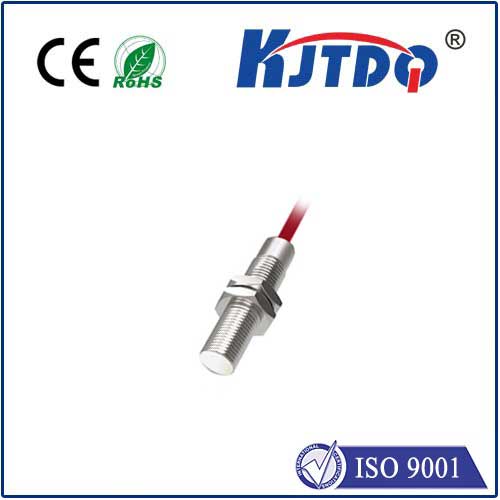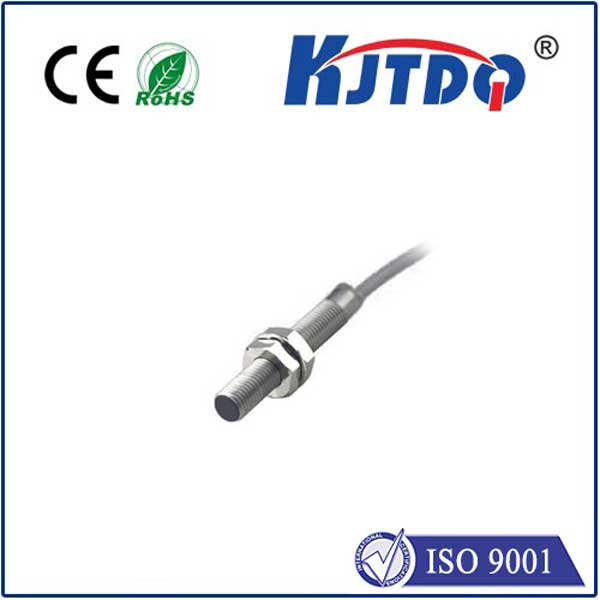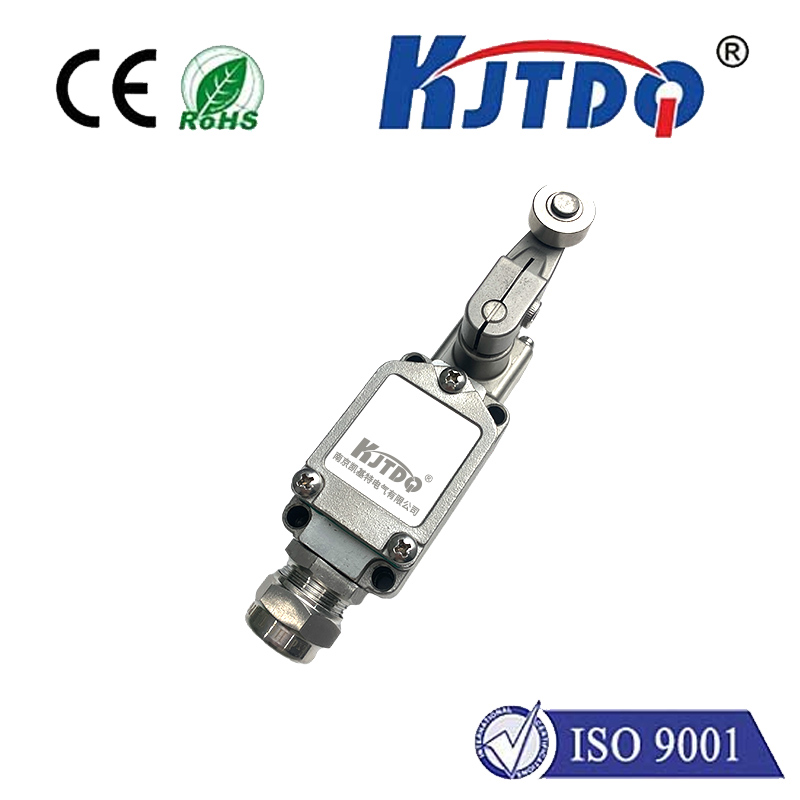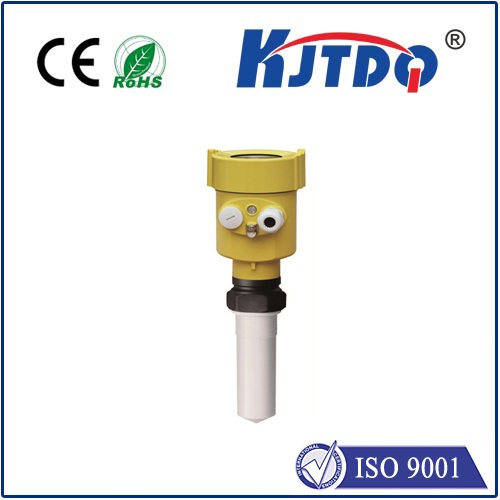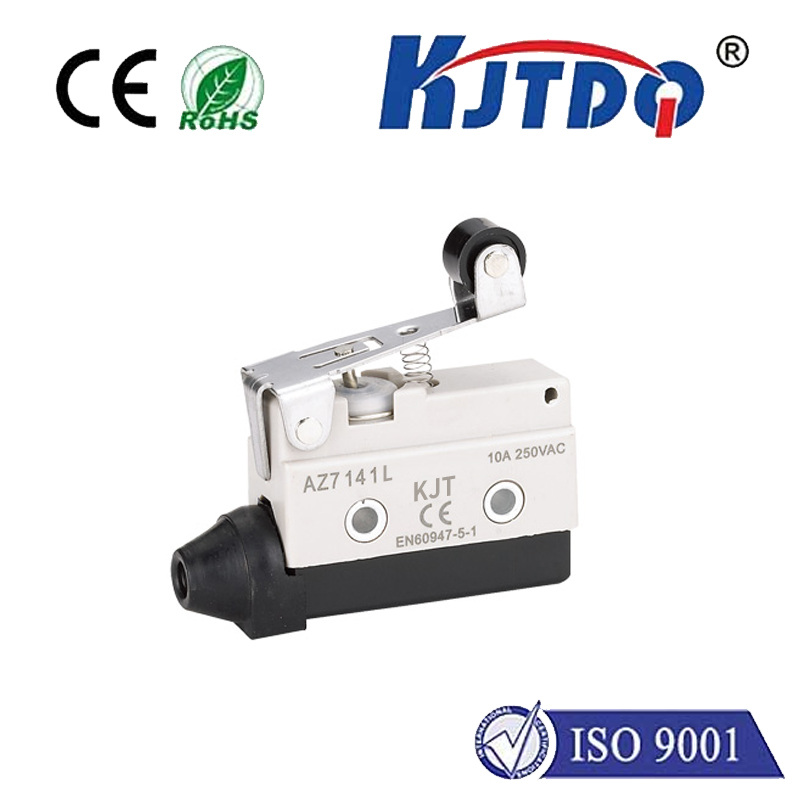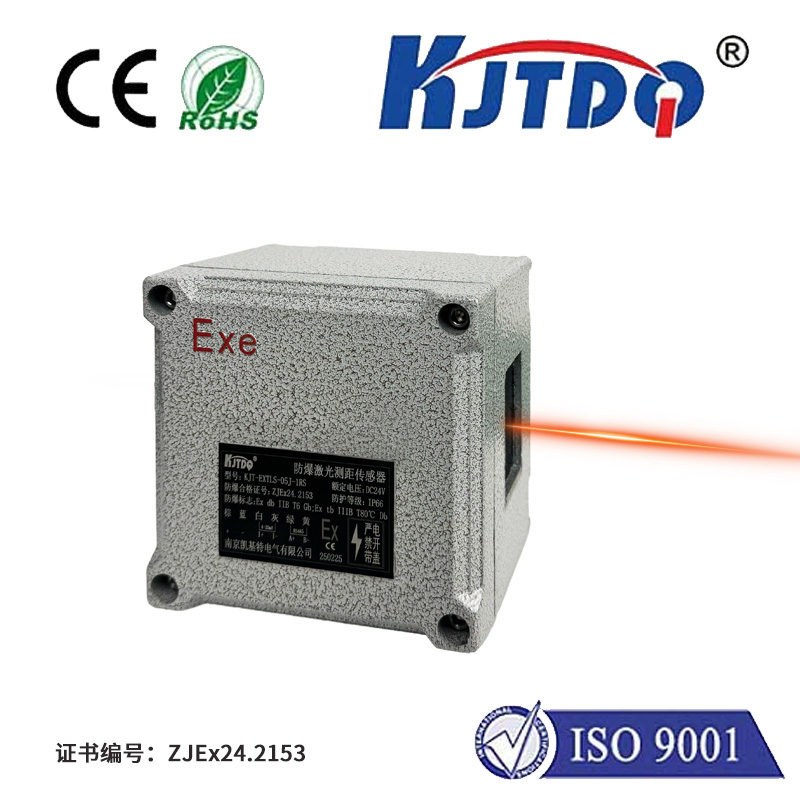Imagine a world where machines anticipate your movements, enhancing safety and efficiency without a single touch. This isn’t science fiction—it’s the reality enabled by advanced proximity sensors. Among them, the BES0103 proximity sensor stands out as a game-changer in modern technology. Designed for precision and reliability, it seamlessly detects nearby objects, making it indispensable across industries like manufacturing, automotive, and security. But what sets the BES0103 apart? It harnesses cutting-edge inductive principles to deliver ultra-responsive detection, ensuring zero-contact operations that minimize wear and boost productivity. As automation continues to reshape our world, understanding this sensor’s capabilities unlocks endless possibilities for smarter, safer systems. Let’s dive into how the BES0103 is transforming detection landscapes, one application at a time.
Proximity sensors, at their core, are devices that identify the presence or absence of objects without physical contact. They operate through various technologies, such as electromagnetic fields or infrared signals, to trigger responses in automated systems. The BES0103 model exemplifies this innovation, engineered specifically for high-performance environments. Unlike generic counterparts, it features a compact, robust design that withstands harsh industrial conditions—think dusty factories or humid warehouses. Its core functionality revolves around detecting metallic targets within a range of up to 15mm, a specification that ensures accurate, real-time feedback for critical processes. For instance, in assembly lines, this sensor prevents collisions by signaling when components approach machinery, thereby reducing downtime and human error. This blend of simplicity and sophistication makes the BES0103 a go-to choice for engineers seeking dependable solutions in IoT-driven ecosystems.

Delving into how the BES0103 works reveals why it’s a standout in its class. Based on inductive technology, it generates an oscillating electromagnetic field from its coil. When a metallic object enters this field, it induces eddy currents that alter the oscillation, prompting the sensor to send an electronic signal. This non-contact mechanism eliminates friction and mechanical failures, a key advantage over older tactile switches. Moreover, the BES0103 integrates smart calibration features that adapt to environmental variables, such as temperature fluctuations or electromagnetic interference. This ensures consistent performance even in volatile settings, with response times as fast as 0.5 milliseconds—crucial for high-speed applications like robotic arms or conveyor belts. For example, in automotive manufacturing, this rapid detection allows for precise positioning of parts, ensuring seamless assembly without manual oversight. By prioritizing reliability, the BES0103 minimizes false triggers, a common pitfall that can disrupt workflow and increase costs.
The versatility of the BES0103 proximity sensor shines in its real-world applications, spanning diverse sectors. In industrial automation, it acts as a guardian for machinery, enabling collision-free operations on production floors. Think of packaging lines where sensors detect incoming items to activate sorting systems, optimizing throughput by 20-30%. Similarly, in the automotive industry, the BES0103 enhances safety features, such as anti-pinch windows that halt motion upon detecting obstacles. But its impact extends beyond factories—security systems benefit immensely. Installations in smart homes or commercial buildings use these sensors to monitor unauthorized entries, triggering alarms when objects approach doors. Energy efficiency is another forte, as the BES0103’s low-power design contributes to sustainable practices. For instance, in HVAC systems, it activates units only when occupancy is sensed, slashing energy waste. Even consumer electronics embrace it; smartphones incorporate similar proximity tech for screen dimming during calls. This broad applicability underscores the sensor’s role in driving innovation, where its IP67-rated durability (resistance to dust and water) makes it ideal for outdoor or rugged use cases.
Choosing the BES0103 unlocks tangible advantages that elevate it above alternatives. Its longevity and low maintenance stem from a solid-state construction, free of moving parts that degrade over time. This translates to reduced replacement costs and extended lifespans—up to 10 years in demanding setups—compared to mechanical sensors prone to wear. Additionally, its easy integration simplifies installation, requiring minimal wiring and compatible with standard PLCs (Programmable Logic Controllers). This plug-and-play approach accelerates deployment, a boon for projects with tight deadlines. Economically, the BES0103 proves cost-effective through energy savings; operating at under 1W, it cuts power consumption significantly. In a comparative lens, photoelectric sensors might offer longer ranges but falter in dusty or reflective environments, whereas the BES0103’s inductive focus ensures unwavering accuracy. For businesses, this means enhanced ROI (Return on Investment), with studies showing a 15% boost in operational efficiency. As industries evolve towards Industry 4.0, the sensor’s compatibility with digital networks positions it as a cornerstone for smart factories. Ultimately, the BES0103 proximity sensor not only meets today’s demands but also adapts to future innovations, embodying the perfect blend of precision and practicality. (Word count: 968)
